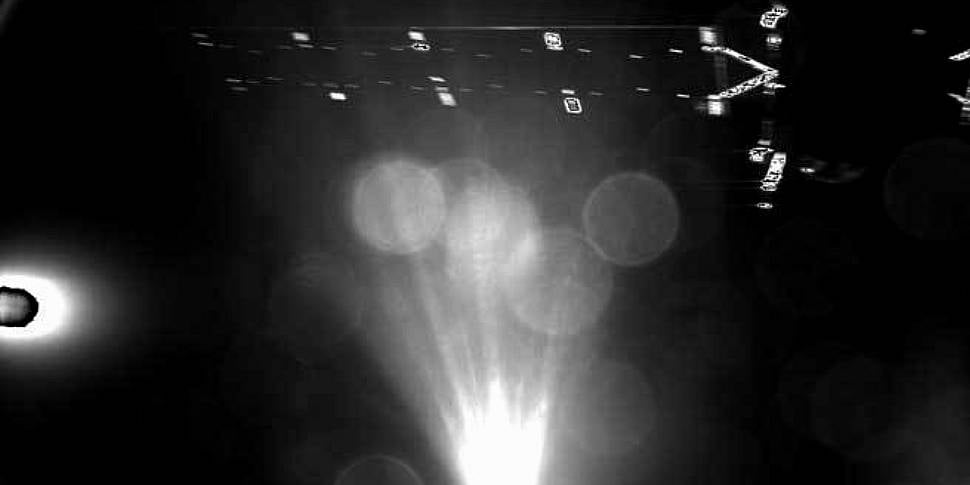The Rosetta mission has successfully landed a probe on a comet moving at 34,000mph in a historic first for space exploration.
Scientists cheered and punched the air in the European Space (ESA) control room when they received confirmation that the Philae lander was sending signals from the surface of the comet.
ESA Director-General Jean-Jacques Dordain told a delighted audience: "This is a big step for human civilisation."
It confirmed the landing in a tweet:
TOUCHDOWN for @Philae2014! #CometLanding pic.twitter.com/ZMBeB8ng3h
— ESA Rosetta Mission (@ESA_Rosetta) November 12, 2014
The Rosetta mission blasted off from French Guiana in March 2004, and has travelled more than four billion miles to reach its target.
Scientists used gravity to act as a catapult, plotting co-ordinates which took the orbiter around the Earth three times and Mars once.
They even placed the spacecraft into deep space hibernation to conserve energy - it woke up after 31 months when it passed close to the Sun and was charged by solar rays.
Chief scientist Matt Taylor said the analysis of the data from the surface, together with Earth-based observations, could provide our most detailed ever snapshot of a comet.
It is believed that comets which formed over four billion years ago could hold the key to how Earth was 'seeded' with water and organic matter, providing the building blocks for life.
Mr Taylor said: "This particular class of comet, Jupiter class comets, showed a similar flavour of water to what we see on Earth so possibly comets could have delivered the Earth's oceans, so water - and ultimately us, because we are made of water."
The ESA says it has received telemetry from the surface of the comet:
RECEIPT OF SIGNAL FROM SURFACE European Space Agency receiving signals from @Philae2014 on surface of comet #67P/CG #cometlanding
— ESA Operations (@esaoperations) November 12, 2014
The probe will use 10 sets of instruments to investigate the environment, including a probe to pierce the crust.
It will also send back pictures: including a 'farewell' shot after its separation from the orbiter and detailed images of the comet itself.
The lander has already sent this image of the comet surface | Image: ESA
The mission is costing €1.27bn at a time when budgets for space exploration have been squeezed.
However, those running the comet chaser say the mission has advanced technology on earth, including the design and construction of most efficient solar panels and they argue it generates more enthusiasm among younger generations.
Rosetta mission leader Paolo Ferri said earlier: "It is a nice byproduct of space. The enthusiasm and fascination that you can bring to young people to go into science.
"To go into technology and to grow a new generation of people that can contribute to the progress of our Europe."










